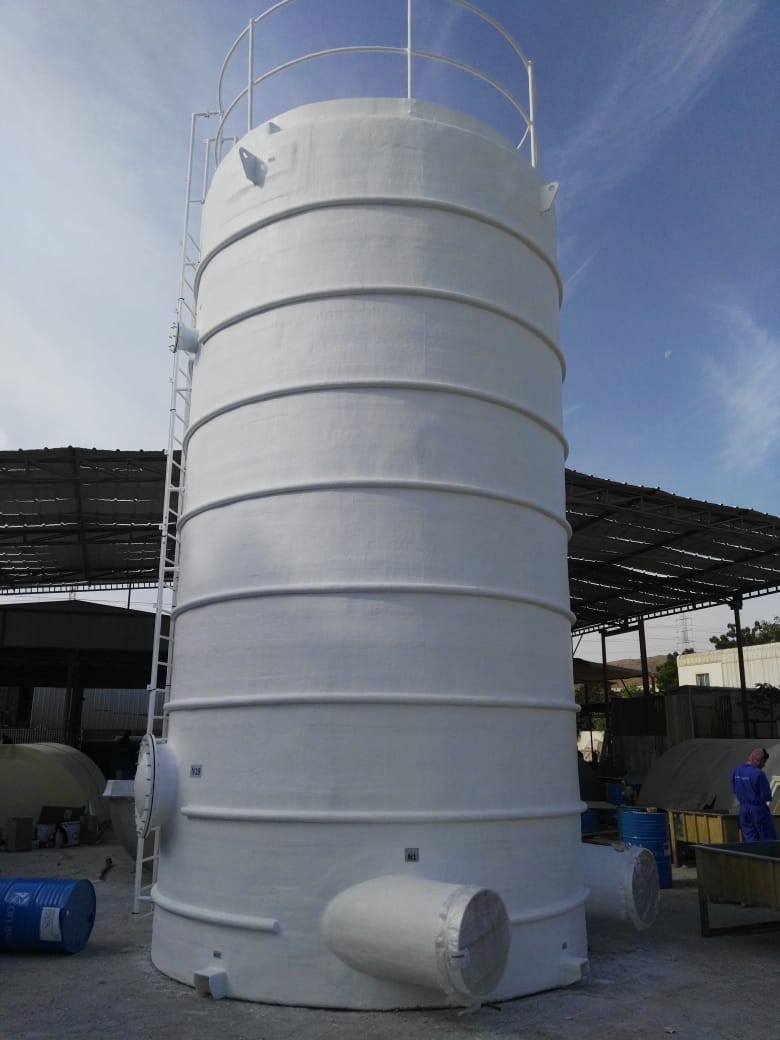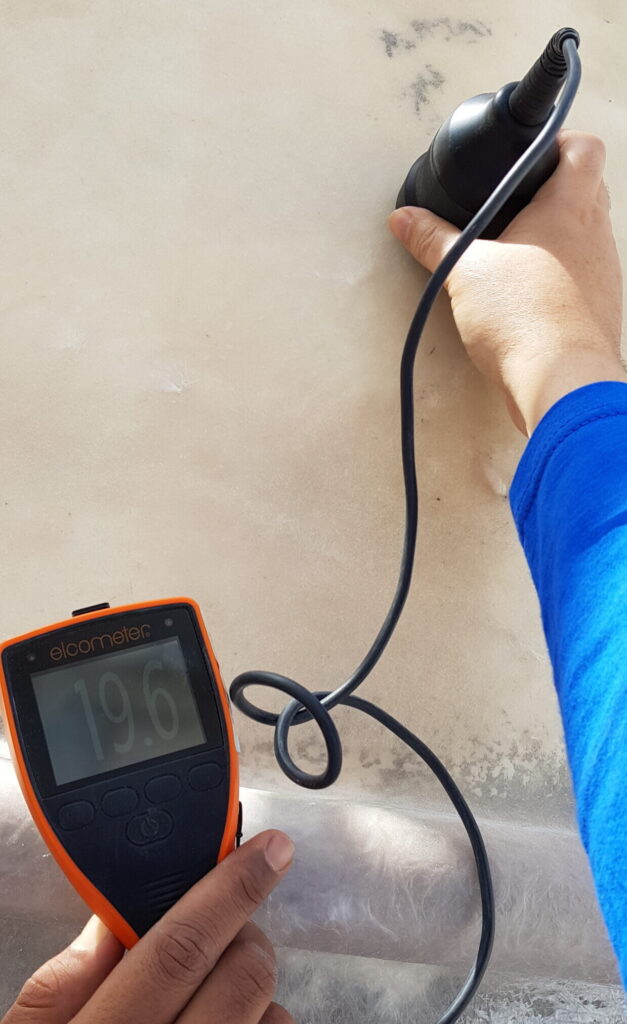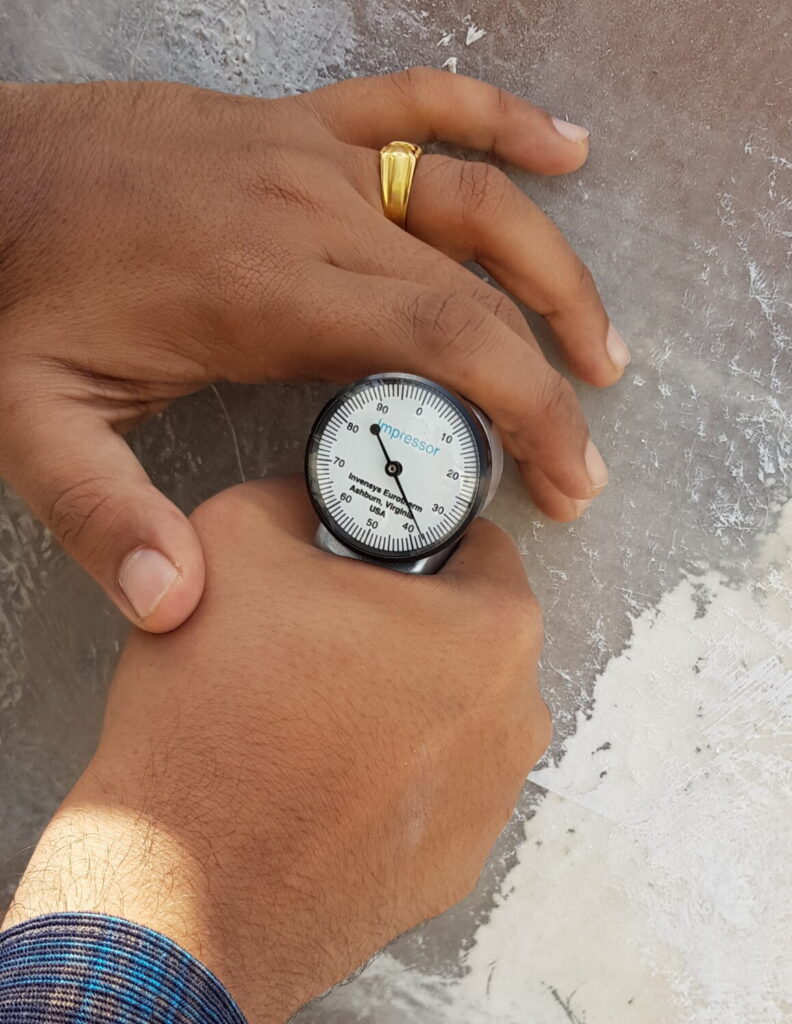Odour control Bidkin Aurangabad- India
For the Bidkin Industrial Area in Aurangabad India, a waste water treatment plant was constructed to treat a daily flow of 11 MLD of sewage and 13 MLD of common industrial effluent. Ipec was awarded to provide the odour control unit for this treatment plant.
 As the nature of the sewage and effluent may vary from time to time, a robust odour treatment technique was required. Therefore a combination of biotrickling filter and activated carbon filter was selected.
As the nature of the sewage and effluent may vary from time to time, a robust odour treatment technique was required. Therefore a combination of biotrickling filter and activated carbon filter was selected.
Based on the design of the treatment plant, the flow of the odour control unit was set to 11 000 m³/hour. The unit consists out of 2 fans and a GRP vessel combining both biotrickling and activated carbon step. The fans are working in duty-standby configuration and are provided with noise enclosures for each fan. For the purpose of precise flow regulation, the fans are empowered by a frequency drive and the system is provided with an air flow sensor.

As a first treatment step, the biotrickling filter will reduce the majority of the odour. Within the GRP vessel, a water trickling system is moistening the biomedia on which bacteria grow. Depending on the ambient conditions such as pH, different type of bacteria will colonize the biomedia. H2S removing bacteria have a high affinity for acidic environment as they produce sulphuric acid as a metabolite. On the upper parts of the biomedia bed, the neutral pH will induce the growth of heterotrophic bacteria which can remove volatile organic compounds (scatole, fatty acids,…). In this way, the biotrickling system is capable to remove different types of odour which makes it suitable for combined effluent treatment plants which treat effluent of different kinds.
 To maintain the bacteria culture on the biomedia, the trickling water should contain a minimal amount of nutrients. For that purpose, a nutrient dosing system is installed and will allow to dose extra nutrients in case of shortage in the supplied water. In this way , different water sources such as potable water, treated effluent,… can be used.
To maintain the bacteria culture on the biomedia, the trickling water should contain a minimal amount of nutrients. For that purpose, a nutrient dosing system is installed and will allow to dose extra nutrients in case of shortage in the supplied water. In this way , different water sources such as potable water, treated effluent,… can be used.
A pH-sensor is provided at the outlet drain to monitor the pH of the drain water as the acidity of the drain water is an indication of the well-functioning of the biotrickling filter.
As a polishing step, the water regenerable, catalytic activated carbon will remove the remaining traces of H2S and other odour components to ensure that the air leaves the unit free of any objectionable odour. The activate carbon has enhanced catalytic properties in order to remove H2S and convert it into sulphuric acid. The sulphuric acid can be washed down with water to (partially) regain the adsorption capacity.